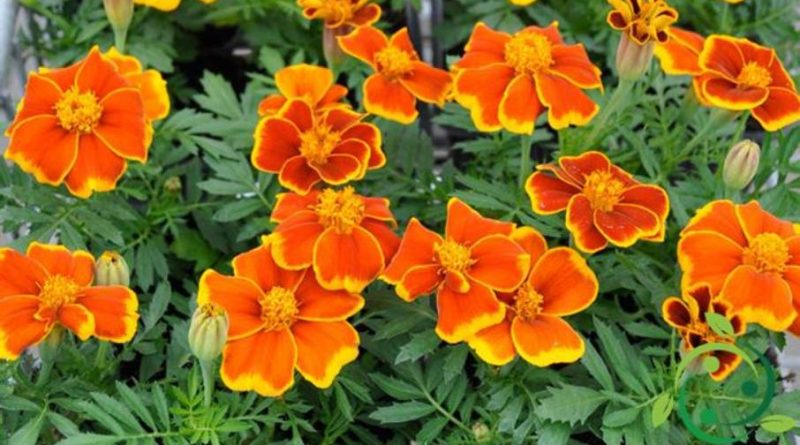How to grow marigold
How to grow marigold
The Tagete, also known as Indian carnation (Tagetes L.) is a genus of the Asteraceae family, native to the United States of Southwestern America, Mexico and South America which includes about 50 species of herbaceous, perennial and annual plants , with lanceolate leaves, deeply divided, often toothed, giving off an unpleasant and pungent odor. The flowers are similar to daisies, or doubles, similar to carnations, with colors ranging from lemon yellow to dark orange. In this sheet we see how to grow the marigold and especially its very interesting ecological use.
Let’s say immediately that they are not fragrant flowers, indeed they have an unpleasant odor, so much that they have been selected odorless varieties, but they are aesthetically very beautiful and useful in borders and ornamental contexts.
In a model of ecological agriculture, the marigold also plays an interesting role, not only for its aesthetic appearance but for two fundamental properties:
– the root system emits unwelcome exudates to many parasites and nematodes, so it may be useful to place them near plants that are particularly prone to these parasites;
– the second role is played by the pronubi as it is a plant that particularly attracts pollinating insects.
In short, an excellent suggestion for organic companies. As for the cultivation technique, this plant should be sown preferably in seedbeds in the March period, and then transplanted in the field when it is already formed and has a height of at least 10 cm; however, the marigold tolerates the transplant very well even if it has already flourished.
You can also sow in open field, covering the seeds with 1 or two centimeters of earth. Then the thinning of young seedlings will be carried out, leaving one every 15 cm. The seed opens after one or two weeks. If we want to anticipate the flowering, we can also sow it in small jars in February, to be transplanted where we will most likely need it.
It is a species that has a great adaptability, in terms of soil, provided it is well exposed to the sun. The plant should be irrigated only when the soil begins to show signs of aridity, so irrigation must be carried out according to the real needs, as it has little need for water.
It is important not to plant it in soils that are too organic or fertile as there is the risk of having a luxuriant plant but with poor blooms. The most common varieties of marigolds are annual, with flowering from March until November.
For reproduction, just collect the dried flowers (a bit ‘as you do with the zinnias) make decks to be put to dry upside down, until, shaking the capsules, the small seeds will not fall that we can replenish the next year.
Marigold is a very recommended plant to consociate it with tomatoes, potatoes and leeks.

